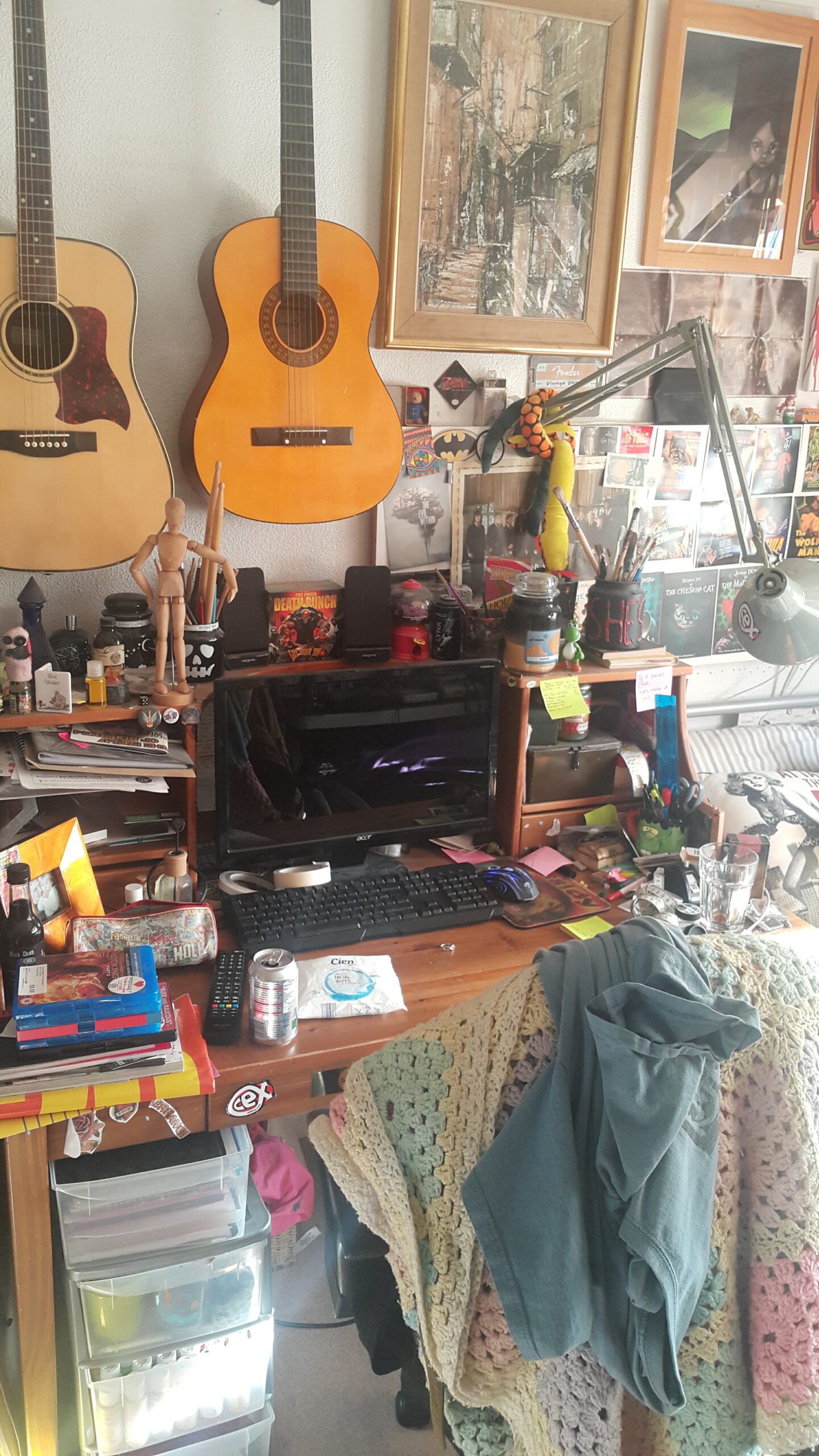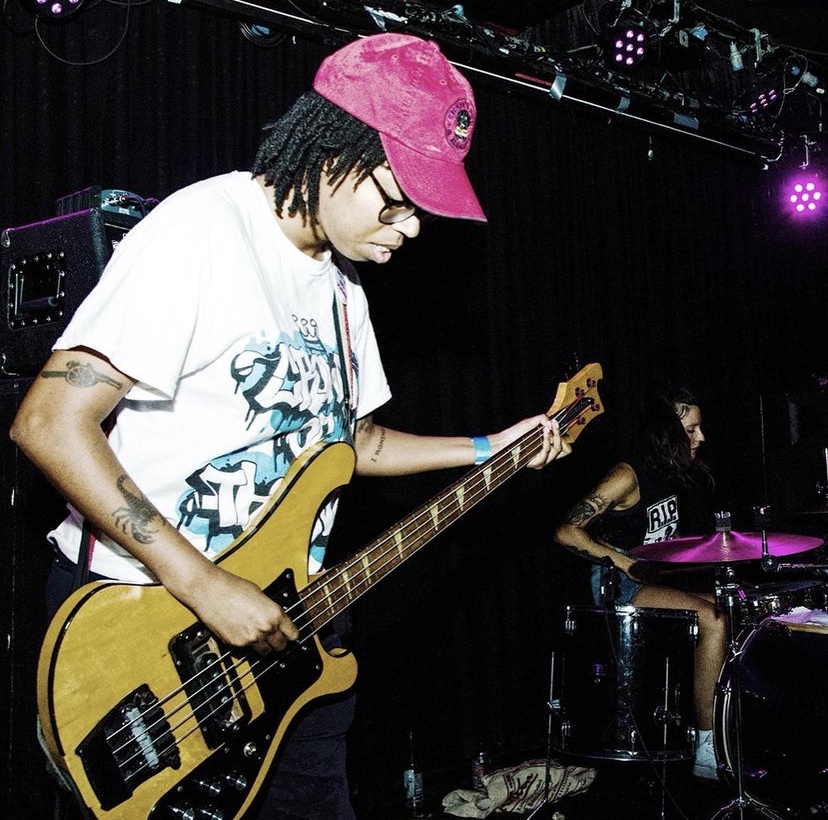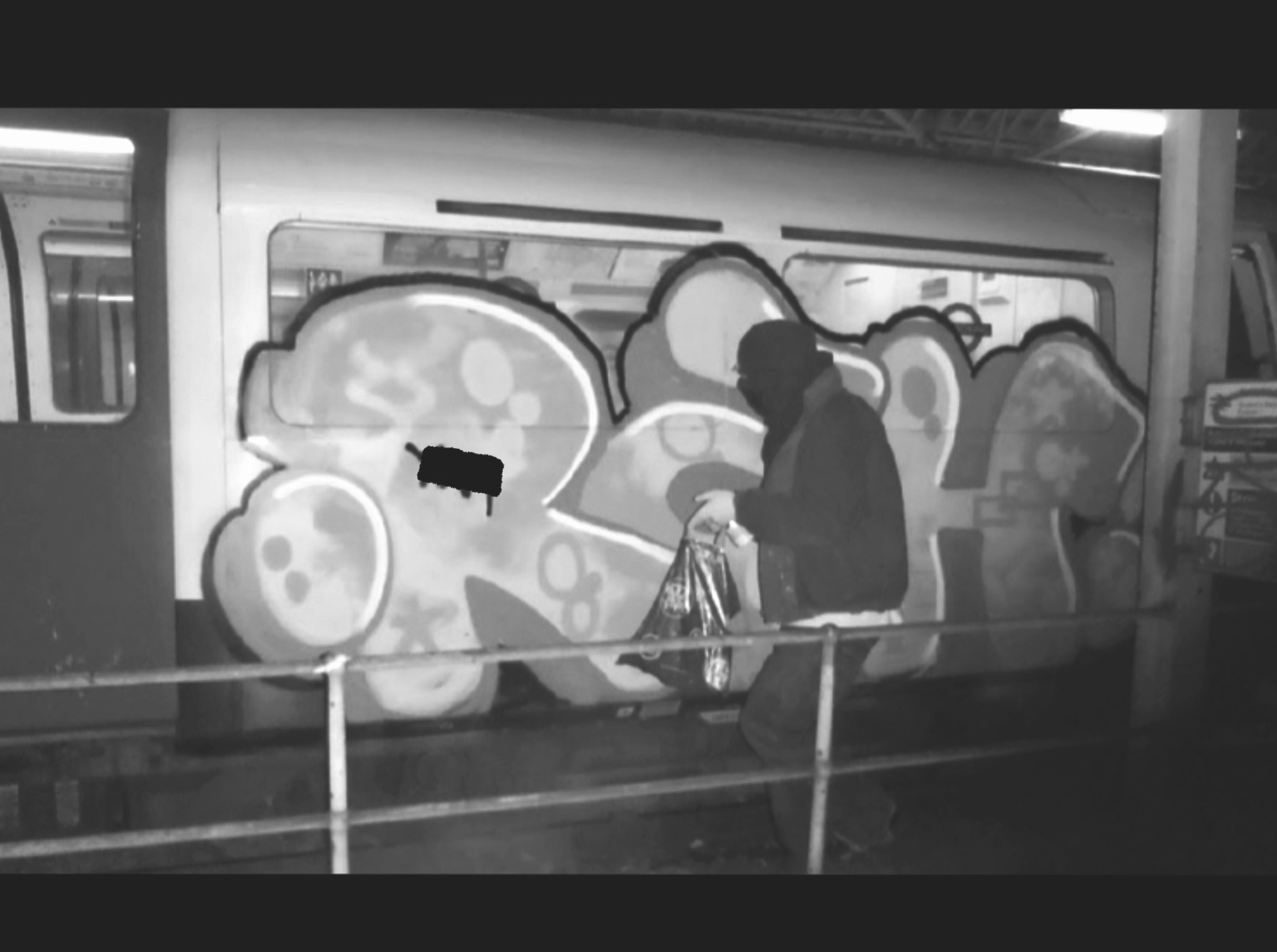
Punks, Cars and Counterstrike: Digital Spaces in Subculture
Collected by Emily Everitt

As someone who grew up during the “golden age” of the internet, I have retained an ongoing fascination with it as a means of communication in youth subcultures. My own experiences using MySpace in the mid-2000s, long before the ubiquity of app-based social media, created a long-standing fascination with how people have utilised the internet as a way to communicate and organise around their interests. In particular, memories of news articles in 2006 and 2007 detailing the “EMO DEATH CULT”, where teenagers apparently swapped advice on how to self-harm, left a lasting mark of just how enormous the gulf between the actual experience of being young online and mainstream representations really was.
In addition, my work as a self-harm campaigner, as well as my academic research on representations of self-harming in the media covering everything from Princess Diana to the aforementioned news articles led me to feel a deep frustration with the lack of channels in which to tell subcultural and personal stories and to explore the genuine positive elements of digital spaces and cultures.
As any millennial will know, our digital experiences are nuanced and deep, and our online and offline lives intertwine in a myriad of ways. In this project, I wanted to explore present an array of diverse narratives on online and offline spaces in subcultures, showing the variety of digital experience all the way from LAN parties, to the 1970s punk Facebook boom of the early 2010s, to the big-on-MySpace scenesters and the niche interest forum stalwarts. While we still retain variety online, our engagement with digital spaces in subcultures has changed significantly over the last three decades with the rise of apps. Stories about how we use and have used the internet are a crucial part of subcultural history from the 1990s onwards, and it was an utter joy to be able to witness and collect these stories.
Emily Everitt is a UCL History graduate based in London. Her research dissertation, inspired by her own experiences as a self-harm campaigner, focussed on media and cultural narratives around self-harm. She is currently engaged in further research surrounding activist narratives of self-harm in 1990s Britain. In her spare time, Emily works to support events in the rollerblading community, focusing on increasing the engagement and participation of women and queer athletes, as well as attending plenty of gigs. You can find her at @emilymay.e on Instagram.
Collection of Stories




Ash Beezmohun
Car enthusiast Ash, originally from Greater West London, grew up with the evolution of the internet and massively felt the effects of how it changed communication amongst peers. During MySpace’s demise and Facebook’s rise, Ash found himself within the realm of forums connecting with others around the world about cars before he could even drive. He describes fond memories of simply conversing with other car enthusiasts online and sharing knowledge to creating his own Sunday meetup Facebook group called West London Collective (WLC). Ash details the growth of WLC, its outreach and how the internet aided the spread of the Car Modification subculture in and around London during the 2000s.


Cas Ingram
Cas Ingram details a pretty normal childhood in Watford until she was old enough to venture into London and found herself in the centre of the alternative music scene. Finding solace in My Chemical Romance, Cas went from having an isolated adolescence to heavily participating in the online subculture of alternative music where she found herself dedicating time to sites like Facebook and Twitter as well as admining meetup groups through her GCSE years; finding life long friends on the way that she wouldn’t have met without the web.



Jamie Harris
Growing up in a tiny town outside of Plymouth, Jamie became involved with the rollerblading scene when he was 12 years old. He talks about the wider skate and surf scene at the time, and listening to bands such as Slipknot and Napalm Death. In his early teens the internet wasn’t a big way of communicating yet, and he would use phone boxes to call friends and plan to meet at skateparks, often travelling into Plymouth. He discusses how the internet starting playing a bigger role and how the internet forums enabled him to connect with other skaters beyond his tiny town. It gave him the confidence to do his own thing. He goes on the discuss how the internet has evolved, and the downsides.
Kai Stone
Growing up in Islington, Kai takes us back to her first memories of using the family desktop to look up everything music. Throwing us back to the days of LimeWire and dedicating her time to keeping her iTunes library up to date, Kai recalls how her mothers eclectic music taste led her younger self to use the internet to embrace and discover Hardcore Punk and Queercore. Using Myspace, Kai found out about the London Punk and Hardcore scene and had teenage years full of internet surfing, gigs and meetups with like-minded straight-edge punks. Now living in Sweden, Kai details the overwhelming feelings that came with the change from MySpace to Instagram.

Original 70s Punk Kerry Mouse spent her childhood escaping Chiswick to explore the world of gigs and the London punk scene. Kerry and her friends embraced the feeling of revolution through Siouxsie Sioux inspired fashion, community and most importantly, music. With the aid of MySpace and Facebook, Kerry describes good experiences of finding old friends from the scene and reconnecting through sharing old images out of pure nostalgia. Kerry explains the validity of recalling the history of subcultures but also the redundancy that the development of social media brought to reminiscing through her older age.

Terry Leith
Dalston born and bred ex-tagger Terry Leith recollects the slower days of the internet with painfully long loading times and MSN messenger. During his teenage years, Terry found himself in the East London graffiti and Hardcore scenes and the initial toxicity of being ‘too online’. He describes the graffiti community's preference for capturing tags organically and the backlash received when spaces on the web made the practice less common. The rise of online self promotion and personalised websites through sites like Tumblr and Flickr were, as Terry discusses, impactful to the subcultures mystery and changed the way the community distributed art and music.

Will Gaudoin
When Will Gaudoin moved to Somerset he and his friends found entertainment in chaotic DIYs and a budding love for video gaming. As he began to understand the functionality of computers and the internet, Will helped to create the young gaming community’s place of solace: a LAN party club above a barn. Will describes the quaint club’s struggles of setting up, gaining access to the internet and how the community grew alongside the internet. Now working in innovation, Will maps out his tech-focused adolescence and how Will and his community’s future was so informed by their past.




